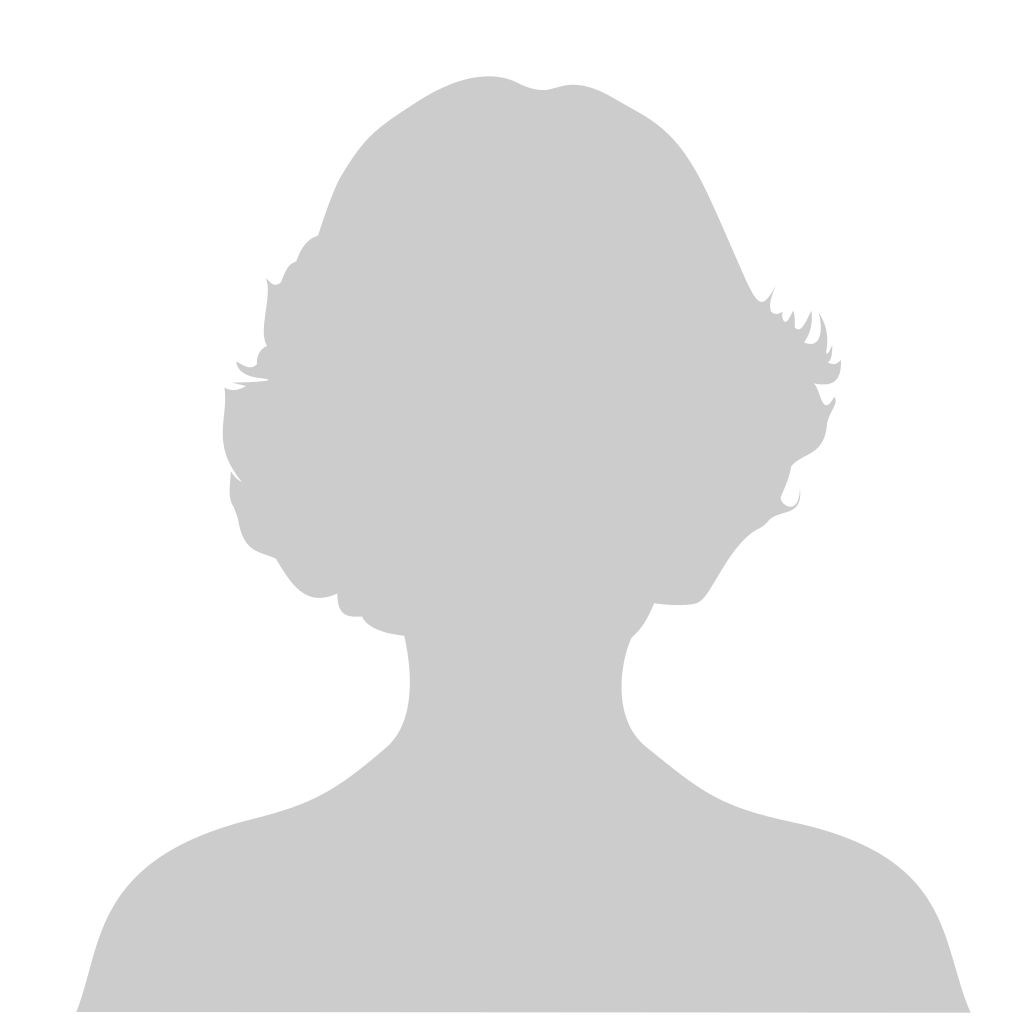Ins, Outs, Pros and Cons of Zero Down Payment Mortgages
A mortgage with no down payment seems a little bit like scoring a buy-a-home lottery ticket. You get a home loan and keep more money in your pocket. What could be wrong with that?
Well, there are some downsides. And zero down home loans come and go — except for two perennial government programs.
Ups and downs of zero down mortgage programs
Pros
- The easy answer: You put less money down
- You may be able to buy sooner rather than later
- You have more cash on hand for expenses
Cons
- When you borrow the full value of your property, you’re more financially at risk in a property value downturn. Without equity in your home right from the start, any loss of value from a declining real estate market can lock you into a no-move situation.
- You’re perceived as a higher risk by the lender, so you’ll likely pay a higher interest rate on your loan. With “risk-based pricing,” lenders charge higher mortgage rates to borrowers with lower credit scores and meager or no down payments.
- You’ll probably pay higher fees on your mortgage, too — as well as mortgage insurance premiums
- Your monthly payment will be higher
Some zero down programs may be going away
In the past year or so, a number of lenders have begun offering 1% and zero down payment programs. That’s because Fannie Mae and Freddie Mac, the government-sanctioned companies that provide capital to lenders, have been allowing 3% down loans. Some lenders have offered grants to borrowers in order to bridge the down payment difference and promote zero down payment loans.
But Freddie Mac is pulling the plug on such promotions, as of Nov. 1, 2017. Lenders can make contributions to a borrower’s down payment or closing costs, but only after the borrower has contributed a minimum 3% down payment.
“To meet that 3% threshold, the borrower can still come with funds from a relative, a government agency — such as grants from a housing finance agency — or from an employer housing program. That has not changed,” says Lisa Tibbitts, a spokeswoman for Freddie Mac.
The 3% stake that the borrower contributes “is a really important factor in creating responsible, sustainable homeownership,” Tibbitts adds.
While some lenders say they’ll continue with their programs with low and zero down payment, regardless of Freddie Mac’s policy changes, there is something else going on here as well, which we’ll get to in a moment.
» MORE: Best zero and low down payment lenders
These zero down programs are here to stay
There are two tried and true loan programs that require no down payments — and they are not in danger of going away. They are:
VA loans — Mortgages insured by the Department of Veterans Affairs offer zero down payments for service members and qualified veterans. VA loans also offer interest rates that are usually lower than conventional loans.
USDA loans — Loans guaranteed or issued directly through the Rural Development Guaranteed Housing Loan Program of the U.S. Department of Agriculture are another mortgage option that requires no down payment. While mainly targeted to rural borrowers, some suburban areas also qualify.
Zero down may cost you in the long run
Now to that other consideration regarding lender-provided down payment assistance.
The Federal Housing Finance Agency, which has authority over Freddie Mac and Fannie Mae, is keeping an eye on lender-funded down payment discounts, particularly when borrowers are charged higher interest rates or additional fees in order to reimburse the lender’s participation.
“Some down payment assistance programs are offered as gifts or grants that do not have to be repaid, while others finance gifts or grants through a higher mortgage note rate that is passed on to the borrower,” FHFA spokeswoman Stefanie Johnson says. “In other words, the borrower may end up paying more over the life of the mortgage than what the lender provided in assistance.”
It’s called “premium pricing,” and it may be one reason Freddie Mac is eliminating lender down payment subsidies: to prevent its authorized lenders from running afoul of the FHFA.
So far, Fannie Mae, which also offers a 3% down program that lenders could buy down on behalf of borrowers, has not issued any new restrictions on such lender-funded down payment assistance. But Fannie Mae does prohibit premium pricing and requires that lender-assisted down payments be true grants — meaning gifts that do not require repayment.
All the more reason to shop multiple lenders, especially if you are seeking a low or no down payment loan — so that you can be sure you aren’t a victim of premium pricing.
The article Ins, Outs, Pros and Cons of Zero Down Payment Mortgages originally appeared on NerdWallet.


